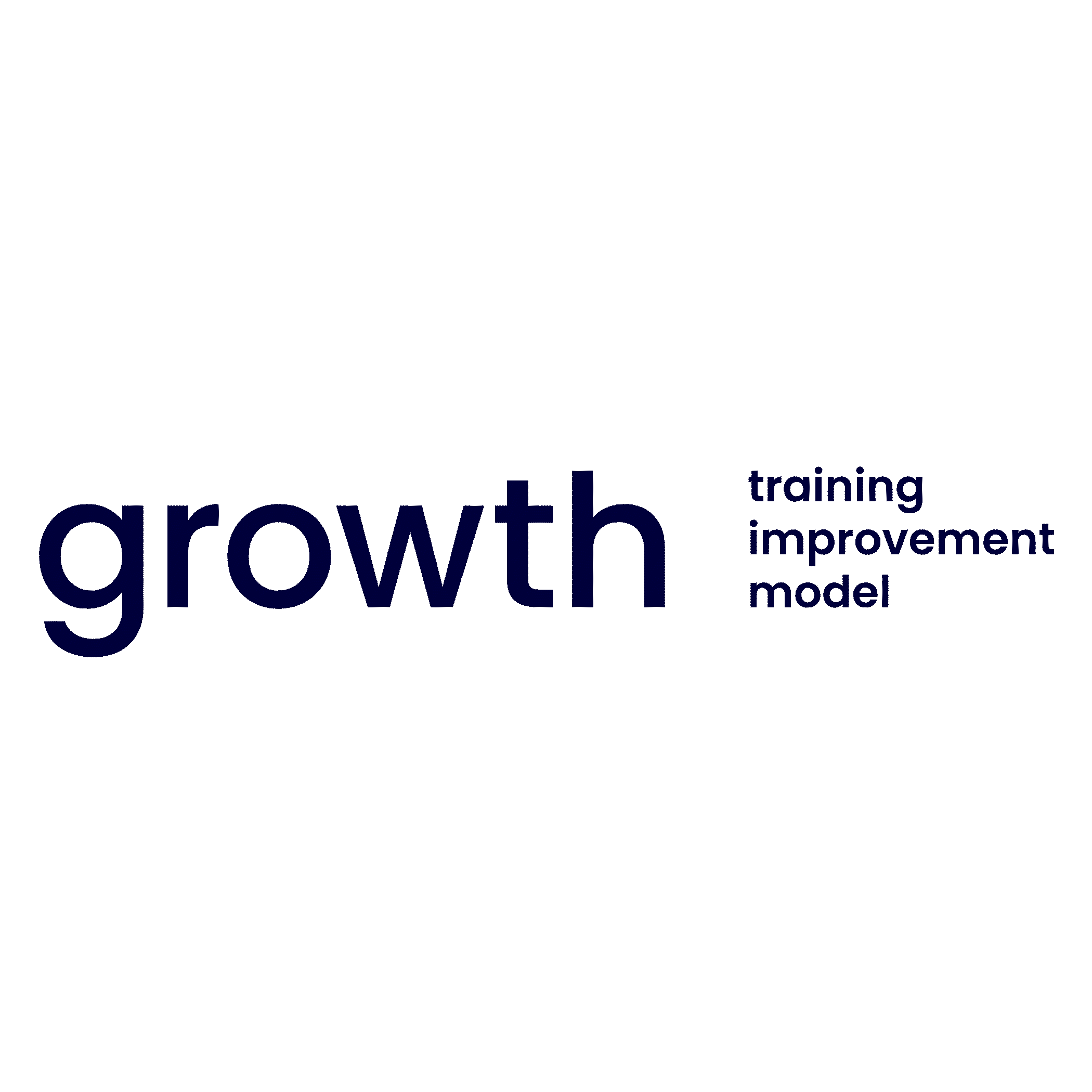Assess your training
You want to improve your training, but where do you start? Let the GROWTH model guide you towards concrete steps and make sure your training is really helping people learn.

Assess your training
You want to improve your training, but where do you start? Let the GROWTH model guide you towards concrete steps and make sure your training is really helping people learn.

Get practical help improving
Each letter in GROWTH stands for an essential element of your training. Let's discover what parts are strong already and where you have opportunities to improve.
The model explained
We are your Training Improvement Engine. Use our platform to support your blended or online training with a didactically sound design, get inspired by our content and events or let us help you with our Training Improvement Engineer service. But what do we really mean when we talk about training improvement? For that, we created the model. It touches upon the most important aspects of an effective training, to give you insight in what you can improve when it comes to helping people learn.
Each letter in GROWTH describes an important part of training design:
Goals & objectives: Clear, measurable goals guide learners and align with organizational priorities, ensuring training has a clear purpose.
Relevance & motivation: Training should feel immediately useful. By tailoring content to real-world tasks and fostering a growth mindset, learners see its value and stay motivated.
Opportunity to learn: Practice opportunities within training give learners the confidence to experiment, solve real-life problems, and grow.
Workplace application & transfer: Training succeeds when learners apply what they’ve learned. Tools, follow-ups, and strategies ensure effective knowledge transfer into the workplace.
Trainer & technology support: Support from trainers and technology ensures learning is reinforced through ongoing feedback, tools, and guidance.
Habits: Skills and knowledge stick when learners develop habits. Training should focus on building sustainable, repeatable behaviors for long-term growth.
We believe that people learn best when the goals are crystal clear and align with their personal and organisational needs. Learning works when the materials are relevant to their real-world challenges and make sense to them. Growth happens when learners have opportunities to practice, make mistakes and reflect. Training becomes effective when learners can apply what they’ve learned in real-life or workplace settings, supported by a trainer or coach and the right tools. Finally, learning sticks when it leads to building habits that improve skills and behaviors over time.
Training providers
Trainers
L&D teams
Anyone who works with training and is interested in best practices and improving training